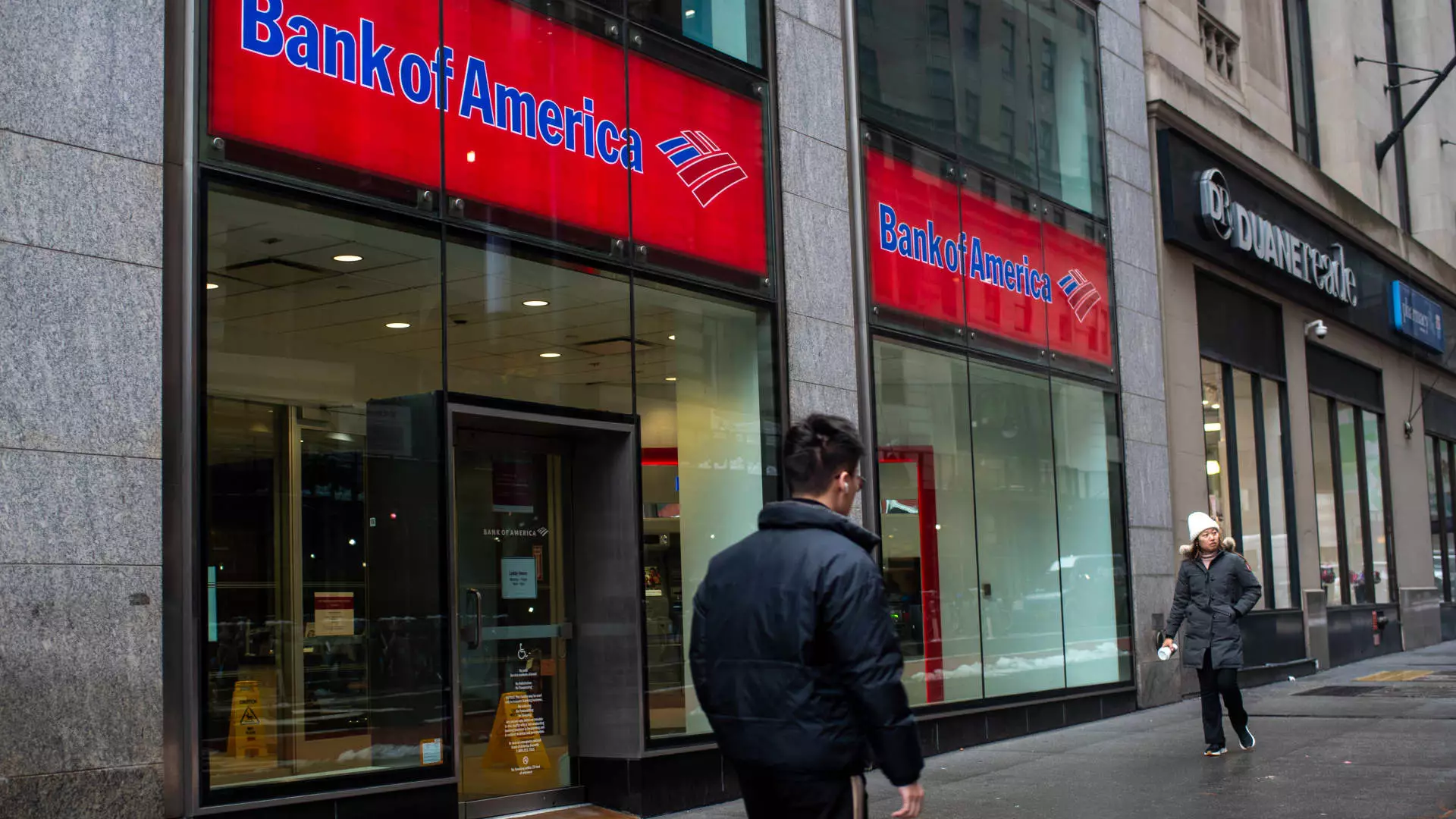In today’s unpredictable financial landscape, where geopolitical tensions and sudden policy shifts threaten to send markets into chaos, traditional growth stocks no longer serve as reliable anchors. Amidst this volatility, dividend-paying stocks emerge as a crucial component of a balanced investment strategy. They are not merely income generators but act as a safeguard, providing stability and a degree of resilience that pure growth stocks often fail to deliver. This perspective challenges the widespread notion that investing solely in high-growth equities will secure wealth, especially when market fundamentals become shaky.
Investors are increasingly recognizing that stocks paying consistent dividends can act as a buffer during downturns, offering a source of income even when capital gains stagnate or decline. Not every dividend stock is created equal, however. The key lies in quality—companies with a solid track record of increasing their payouts, strong earnings coverage, and healthy cash flows. An emphasis on these factors signifies financial discipline and foresight that can withstand economic headwinds. Goldman Sachs’ recent focus on dividend growth stocks exemplifies this approach, favoring companies with sustainable dividend policies, robust earnings, and impressive dividend CAGR forecasts. These are the stocks that don’t just pay dividends—they grow them steadily, reflecting operational strength and competitive advantage.
Focusing on Quality and Future Growth
The stocks highlighted by Goldman Sachs are those that combine attractive yields with upward dividend trajectories—an evident sign of management confidence and financial robustness. For investors, this means looking beyond just the current yield; it’s about identifying companies that are capable of increasing their payouts over time, ensuring income growth keeps pace with inflation and investment needs. For example, the inclusion of financial giants like Citigroup, Wells Fargo, and Bank of America speaks volumes about the resilience of the banking sector—particularly when these institutions have passed the rigorous Federal Reserve stress tests and are committed to raising dividends.
In particular, the banks’ intentions to boost dividends by double digits in the upcoming years signal their confidence in future earnings. Such boosts aren’t mere gestures but reflect underlying strength and prudent management, especially when operating under strict regulatory oversight. These financial institutions serve as a testament to the fact that, with careful oversight and strategic planning, the banking sector can still be a dependable source of income in uncertain times.
Utilities like NextEra Energy and American Electric Power further illustrate this point. Both are utility companies with consistent dividend growth trajectories, driven by steady demand for energy. Despite political uncertainties, such as the executive order ending wind and solar subsidies, these firms’ long-term outlook remains positive—renewable energy infrastructure investments and steady core demand ensure they remain relevant. Notably, NextEra Energy’s impressive 10% CAGR in dividends reveals a commitment to reinvestment and growth, which can be a competitive edge in a sector often criticized for its slow pace.
Meanwhile, dividend stocks from real estate sectors like American Homes 4 Rent demonstrate alternatives to traditional equities. Investing in physical assets—such as single-family homes—provides diversification and a hedge against market swings. Despite a somewhat disappointing year, with stock prices dipping, the company’s confidence in its annual forecasts underscores the importance of stable cash flows and resilient business models. Real estate investment trusts (REITs) represent a strategic segment offering consistent income streams that can serve as a reliable income source or risk mitigation tool.
Challenging the Growth-Only Mentality
The emphasis on dividend stocks as a protective element challenges the conventional wisdom of focusing solely on high-growth stocks in the pursuit of wealth. Growth stocks, often touted for their ability to deliver outsized returns, can be highly volatile, especially when economic conditions deteriorate or geopolitical tensions escalate. In contrast, dividend stocks, especially those with a history of consistent or increasing payouts, provide a sense of safety and predictability.
This shift in investment philosophy aligns with a pragmatic, center-right liberal perspective—one that recognizes the value of sustainable income and prudent financial management. It advocates for diversification, not just across sectors, but across risk profiles. While cash flow and earnings growth are important, the ability to return capital to shareholders through dividends reflects a company’s financial discipline and resilience—crucial qualities in unstable times.
Furthermore, investors should scrutinize companies’ dividend coverage ratios and free cash flows to ensure longevity. The stocks highlighted in Goldman Sachs’ list exhibit these attributes, signaling that their payouts are not just maintenance placeholders but indicators of genuine financial health. When companies have a key competitive advantage, financial stability, and a commitment to dividend growth, they offer a compelling proposition in both bullish and bearish markets.
In an era where markets are increasingly unpredictable, shunning dividend-paying stocks entirely risks missing out on vital stability and income streams. These stocks act as anchors that can temper volatility and provide peace of mind in turbulent times. Strategic investors, with a discerning eye for quality, recognize that dividends are not just rewards— they are signals of corporate resilience and long-term health. In the ongoing debate about the best approach to investing, favoring dividend growth stocks isn’t just prudent—it’s essential for those who seek to safeguard their assets while capitalizing on future income and stability.


Leave a Reply